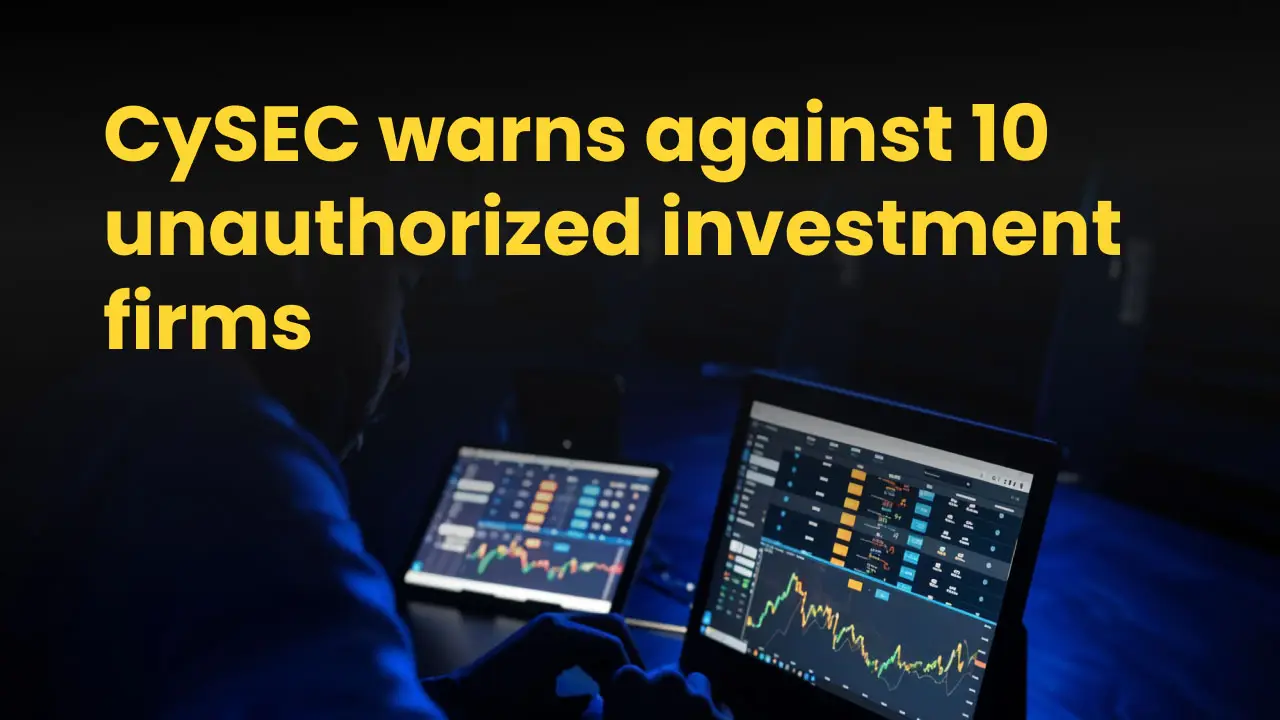简体中文
繁體中文
English
Pусский
日本語
ภาษาไทย
Tiếng Việt
Bahasa Indonesia
Español
हिन्दी
Filippiiniläinen
Français
Deutsch
Português
Türkçe
한국어
العربية
Biden signs debt ceiling bill to temporarily avert unprecedented government default
Abstract:US President Joe Biden signed a debt ceiling bill to raise American debt limits Saturday afternoon to avoid a historic default on government debt. This article delves into the significance of this action and its implications for the US economy.

US President Joe Biden took a decisive step on Saturday afternoon by signing a debt ceiling bill into law. The bill's enactment raises the American debt limits and prevents the country from facing a catastrophic default on its government debt. This move comes after months of intense negotiations between the White House and Congress to resolve the issue and avoid a potential economic crisis. The bill suspends the debt limit until January 1, 2025, providing the Treasury with the opportunity to rebuild its cash reserves to more stable levels.
Background on the Debt Ceiling
The debt ceiling refers to the maximum amount of money that the United States government is authorized to borrow in order to fund its operations and meet financial obligations. In January, the US reached its debt limit of $31.4 trillion, surpassing 120 percent of its annual GDP. Since then, the Treasury Department has been utilizing “extraordinary measures” to avoid default while the White House and Congress engaged in a prolonged debate over the terms of raising the debt ceiling.
The Need for Immediate Action
As the standoff continued, concerns grew regarding the country's financial stability. The Treasury's cash balance dropped below $23 billion on June 1, a dangerously low level considering the volatility in day-to-day federal revenues and payments. US Treasury Secretary Janet Yellen warned that failing to address the debt ceiling by June 5 could result in the country running out of money to pay its bills on time.
The Fiscal Responsibility Act of 2023
To avert a historic default, President Joe Biden signed the Fiscal Responsibility Act of 2023 into law on Saturday afternoon. This bipartisan act suspends the public debt limit until January 1, 2025, allowing the Treasury to restore its cash reserves to more normal levels. Furthermore, it raises the debt limit to match the actual debt level on January 2, 2025.
Biden's Remarks
President Biden expressed his satisfaction with the passage of the budget agreement, stating that it is a significant victory for the economy and the American people. In a speech from the Oval Office, he emphasized the compromise and consensus achieved in the deal, highlighting that although no one got everything they wanted, the American people received what they needed. He stressed that averting an economic crisis and collapse was of paramount importance and the bill successfully achieved this goal.
There is More
According to predictions from Goldman Sachs, the total federal government debt in the United States is projected to exceed $35 trillion by January 2025. This staggering figure amounts to over $100,000 per US citizen. By signing the debt ceiling bill, President Biden ensures that the government can continue to borrow money to honor its existing debts. This move is crucial for maintaining financial stability and preventing a potentially catastrophic default.
Conclusion
The signing of the debt ceiling bill by President Joe Biden brings much-needed relief and stability to the US economy. By raising the debt limit, the government can continue to meet its financial obligations and prevent a catastrophic default. The suspension of the debt ceiling until 2025 provides the Treasury with the opportunity to rebuild its cash reserves and prepare for future financial challenges. While the path to reaching this agreement was challenging, the bipartisan effort underscores the significance of compromise and consensus in addressing critical economic issues.

Disclaimer:
The views in this article only represent the author's personal views, and do not constitute investment advice on this platform. This platform does not guarantee the accuracy, completeness and timeliness of the information in the article, and will not be liable for any loss caused by the use of or reliance on the information in the article.
Read more

CySEC warns against 10 unauthorized investment firms
The Cyprus Securities and Exchange Commission (CySEC) has issued a public warning against 10 unauthorized investment firms that are illegally offering investment services to investors.

Voices of the Golden Insight Award Jury | Nattachai Chalermwat, MH Markets
WikiFX Golden Insight Award uniting industry forces to build a safe and healthy forex ecosystem, driving industry innovation and sustainable development, launches a new feature series — “Voices of the Golden Insight Awards Jury.” Through in-depth conversations with distinguished judges, this series explores the evolving landscape of the forex industry and the shared mission to promote innovation, ethics, and sustainability.

Trading Oscillators: The Secret Tool Every Trader Should Know
If you’ve ever looked at a trading chart and wondered how traders know when a price is “too high” or “too low,” the answer often lies in trading oscillators. A trading oscillator is a type of technical indicator that helps traders measure the momentum of price movements. In simple terms, it tells you when a currency pair, stock, or commodity might be overbought or oversold — which can signal a potential reversal.

Is Amillex Safe or a Scam? Understanding Rules and Security
You are asking an important question: Is Amillex safe or a scam? The simple answer is that Amillex works in an unclear area that needs careful study. It is not a complete scam like fake websites that steal your money right away, but it also does not meet the safety rules of the best, well-regulated brokers. Read on to explore more details.
WikiFX Broker
Latest News
Pinched By Penny Shortage, US Retailers Beg Congress To Step In
PINAKINE Broker India Review 2025: A Complete Guide to Safety and Services
The United States Outgrows All Its Major Peers
Canary Wharf Address Scam Resurfaces: FCA Exposes 20+ Clone Template Forex Platforms
Seychelles FSA Flags Clone Website Impersonating Admiral Markets
Is Nash Markets Regulated or Risk? Truth About Nash Markets’ License & Withdrawal Issues
Webull Widens Crypto Futures with Coinbase Derivatives
Latest FCA Daily Alerts and Consumer Warnings for 2025
CySEC Blocks Certification Access to Combat Advisor Impersonation
Angel one 2025 Review & Complaints
Currency Calculator




